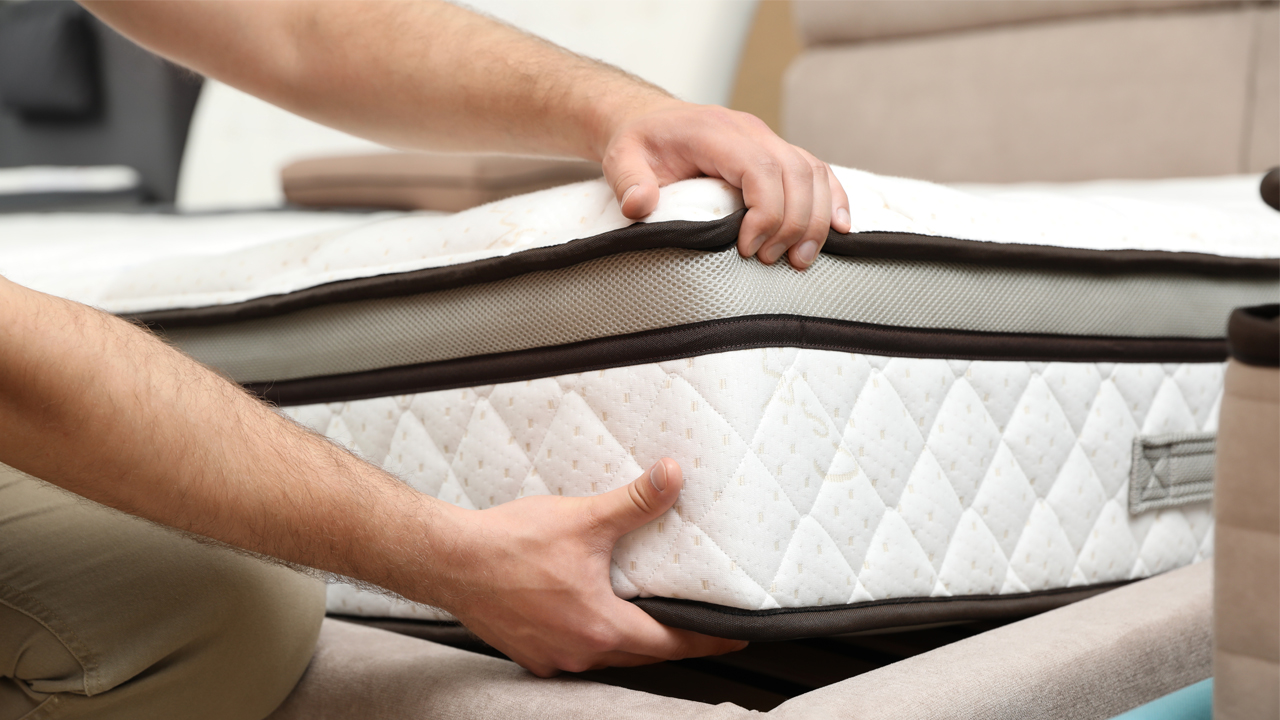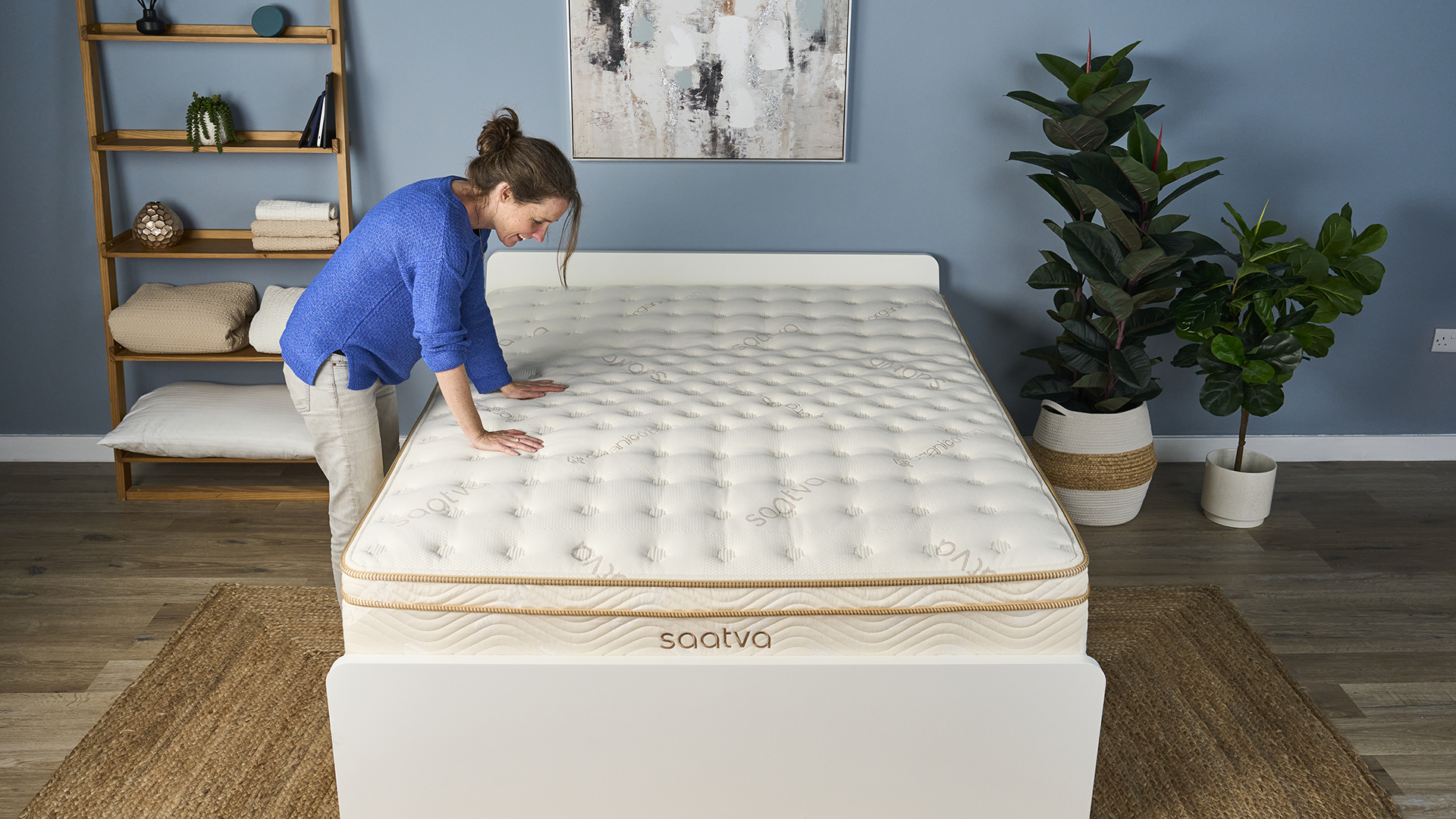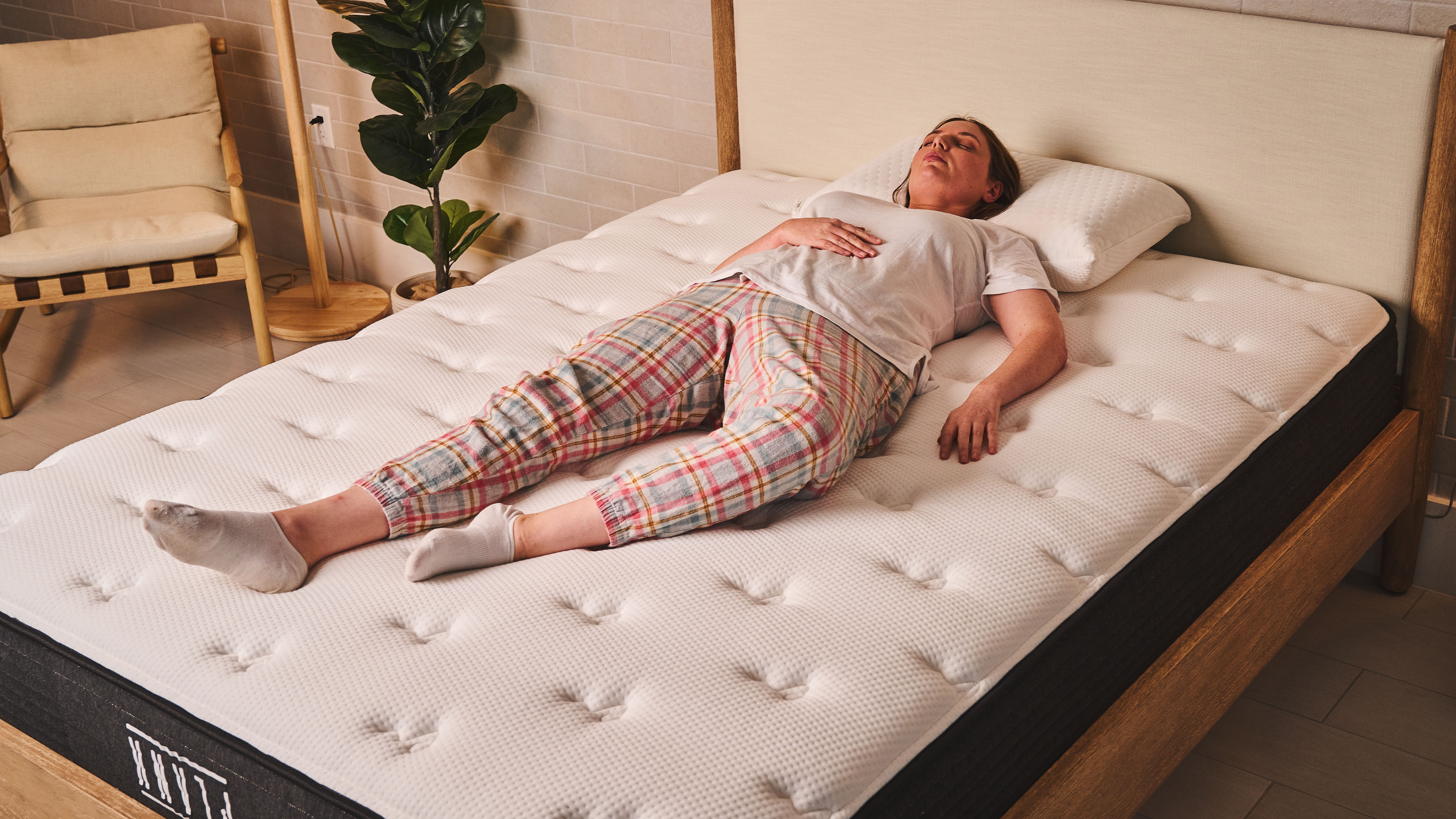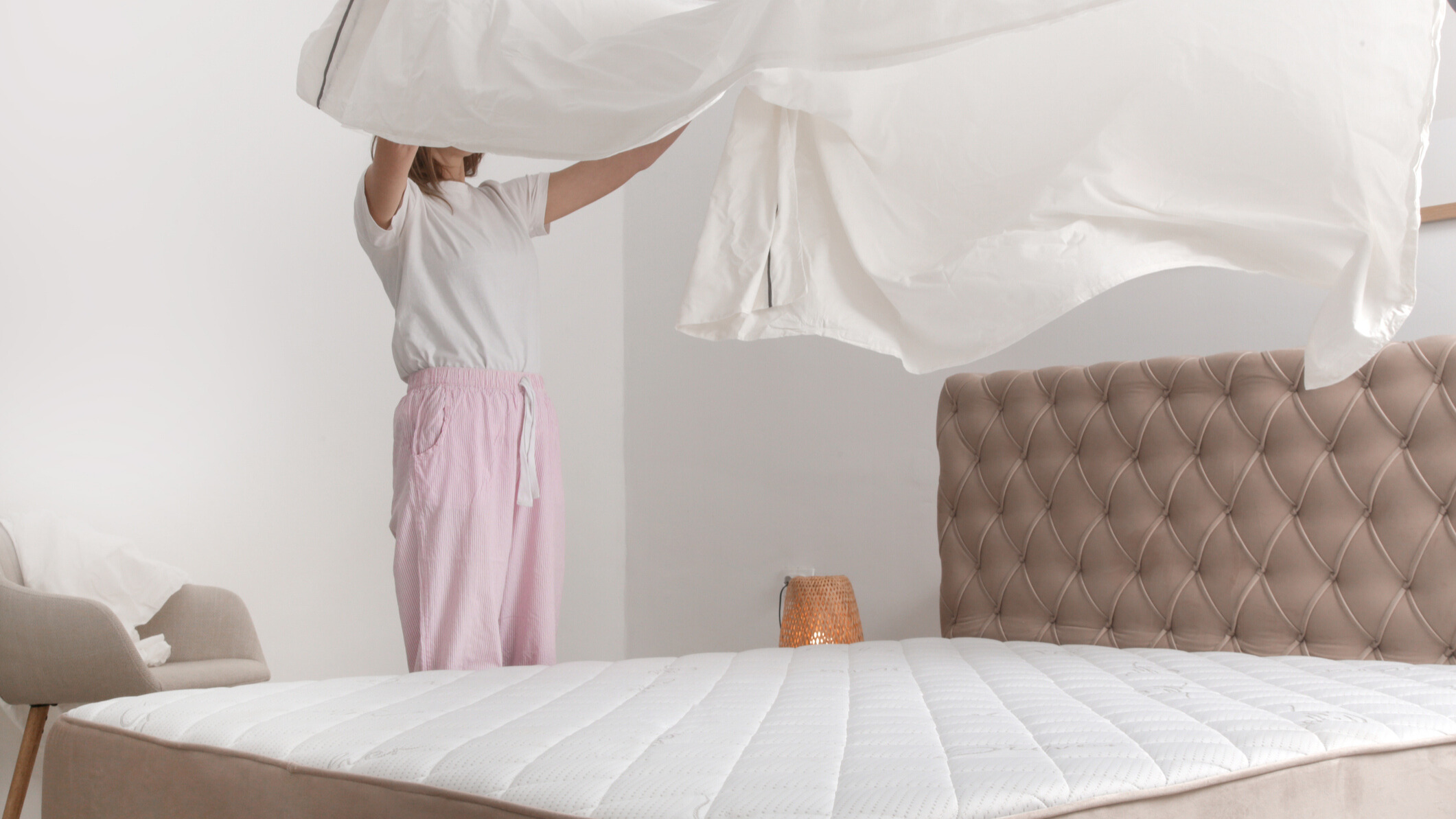How often should you rotate or flip your mattress?
Plus, find out why you shouldn't skip this important (but often neglected) step

For a mattress to stay supportive and even, you'll need to rotate it — and possibly flip it, too. But how often should you rotate or flip your mattress, and what happens if you don't? We'll be sharing what you need to know about these crucial (yet oft-overlooked) activities.
Even the best mattresses at least need to be rotated to help them keep their shape for years to come. Unless you have a traditional innerspring mattress, you shouldn't have to worry about flipping your mattress, but there are exceptions.
Keep reading to find out why rotating (and flipping) your mattress should be on your spring cleaning to-do list. However, if it's time for a new bed, browse the upcoming Memorial Day mattress sales to secure a great deal
Rotating a mattress: What you need to know
Why do you need to rotate a mattress?
If you sleep on the same mattress every night, your weight will eventually cause wear and tear or unevenness where your body digs in most such as the head, shoulders, and hips. This will create impressions in your mattress.
Rotating your mattress will prevent those impressions from forming, which will help you get as many years of use out of it as possible.
If you don't rotate your mattress regularly, you risk voiding the warranty. Each manufacturer has its own guidelines, so read the terms of your mattress warranty carefully.

How often should you rotate your mattress?
We recommend rotating your mattress every three to six months. If it's an older mattress, aim for every three months. For a new mattress in a box you can leave it for the first six months before rotating so it has time to settle.
Get instant access to breaking news, the hottest reviews, great deals and helpful tips.
If the mattress isn’t used very often, such as in a guest bedroom, you won’t have to rotate it as frequently. For a memory foam mattress you sleep on every night, frequent rotations will save its foam layers from wearing out too quickly.
If you and/or your partner are heavier, or you share a bed with your pets and/or your kids, you'll also want to rotate your mattress more often to preserve the materials.
How to rotate a mattress
Rotating a mattress 180 degrees can seem like a bit of a chore, which is why many of us put it off, but it's necessary to keep your mattress in sleep-worthy shape every night.
Before you start rotating your mattress, first clear the surrounding areas as much as you can. You don't want to knock over and potentially damage any lighting or knick-knacks.
Strip the mattress of its sheets, comforter, and other bedding, as this makes it easier to rotate.

Get a good grip on the mattress — you can simply use the side carry handles, if available. If you have a large or heavy mattress, ask someone to help you.
Trying to rotate the mattress in one go may prove to be unwieldy, especially if you’re on your own. We recommend doing two quarter turns, with a brief rest in the middle as you move to either the head or foot of the bed.
Flipping a mattress: What you need to know?
Which types of mattresses should (or shouldn’t) be flipped?
Most mattresses today have a defined structure from the bottom up. For example, hybrid mattresses have a base layer of coils and dense support foam with at least one softer foam comfort layer on top.
If your mattress has designated layers, with a sturdy foundation and cozy top layers, you can’t flip it. Doing so can damage the comfort layers and leave you sleeping on a surface that's way too firm.
However, traditional innerspring mattresses tend to have a fiber filling, springs, and padding — all of which are identical on both sides. You should flip this type of mattress at the same time you rotate it, about every six months.
Some mattresses are also meant to be flipped to accommodate different comfort levels. The Plank Firm is a dual-sided mattress that you can turn over when you want more support — or a bit more cushioning.

How can you tell if your mattress can be flipped?
If you are unsure about whether you can flip the mattress, check the brand’s website or contact them directly. Some modern mattresses are designed to be used on both sides.
That said, most mattresses will have the label or brand name clearly marked on the top, so you'll know which way up it should be.
How to flip a mattress
Flipping a mattress is a two-person job, especially if you have a larger bed size. Make sure all of the bedding is stripped from the mattress and ensure there's plenty of clearance so you don't knock anything over.
With you and another person on either side of the bed, gently lift one side of the mattress — use the handles if your mattress has them — and gently ease it onto its edge before turning it completely over.
Extra mattress care tips

Aside from rotating your mattress (and flipping it, if necessary) there are several other ways you can keep it feeling fresh.
If your mattress has a removable cover you can put in the washing machine, it’s worth taking advantage of this to keep your mattress hygienic.
If the cover isn't removable and spot-clean only, invest in a mattress protector to help your mattress last longer.
Another way to prevent sagging while adding extra comfort is to add one of the best mattress toppers. This helps breathe life into an old bed — and it costs a lot less than most mattresses, too.
Beyond rotating and flipping, knowing how to clean a mattress will help you enjoy hygienic sleep while prolonging the lifespan of your mattress.
Remember that not all mattresses are maintained the same way, so always check the care label for instructions first.

Based in Philadelphia, writer and editor Alison Barretta has been sharing buying advice and retail news for over 15 years. Since 2020 she's been helping Tom's Guide expand its robust library of sleep content by researching the latest trends, speaking with renowned experts, and going behind the scenes at Saatva, Casper, Sleep Number, Tempur-Pedic, and 3Z Brands. Alison has reviewed everything from budget mattresses to immersive luxury smart beds that automatically adjust to your every move. When she isn't reviewing mattresses or searching for great deals to save you money, Alison can be found practicing yoga and martial arts, experimenting with recipes, getting too invested in the Philadelphia Flyers, and snoozing with her cat / assistant mattress tester Alex.
You must confirm your public display name before commenting
Please logout and then login again, you will then be prompted to enter your display name.
